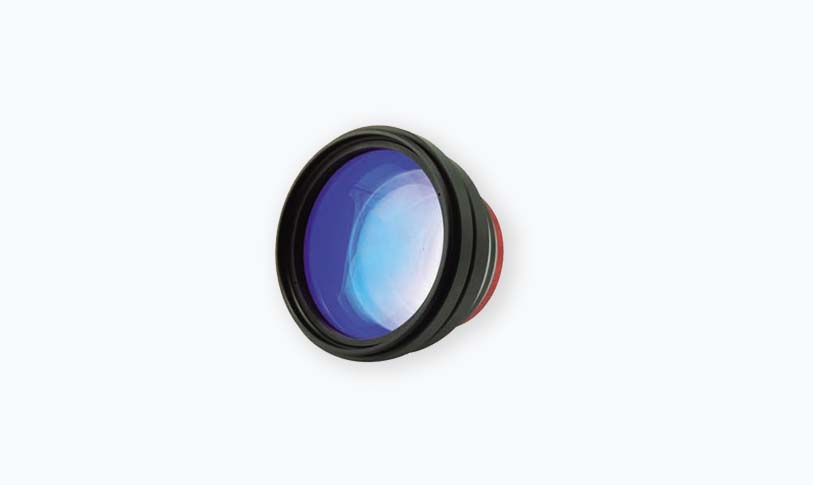****

Exploring the Advantages and Applications of Laser Marking Machines for Metal in Various Industries

Exploring the Advantages and Applications of Laser Marking Machines for Metal in Various Industries
In today’s fast-paced industrial landscape, precision and efficiency are paramount. One of the most significant advancements in marking and engraving technology is the laser marking machine for metal. This innovative equipment offers a wide range of benefits across various sectors, including manufacturing, automotive, aerospace, and medical industries. In this article, we will explore the functionality, advantages, and diverse applications of laser marking machines tailored specifically for metal substrates.
**Understanding Laser Marking Technology**
Laser marking involves using a high-intensity laser beam to etch or engrave marks onto metal surfaces. The process works by vaporizing the top layer of the metal substrate or chemically altering it, resulting in a permanent, high-contrast mark that does not wear away with time. Laser marking machines for metal typically use fiber lasers, which are favored for their efficiency, precision, and versatility.
Fiber lasers operate at a wavelength of approximately 1064 nm, making them ideal for marking various types of metals, including stainless steel, aluminum, brass, and even coated or anodized surfaces. The ability to create intricate designs, barcodes, QR codes, and serial numbers with high accuracy makes laser marking machines an indispensable tool in modern manufacturing.
**Advantages of Laser Marking Machines for Metal**
1. **Precision and Detail**: One of the standout features of laser marking machines is their ability to produce highly detailed marks. This precision is crucial in industries that require intricate designs or identification marks that are easy to read and resistant to fading.
2. **Durability**: The marks produced by laser machines are permanent and can withstand harsh environments, such as high temperatures, corrosion, and abrasion. This durability ensures that identification and branding remain intact throughout the product’s lifecycle.
3. **Versatility**: Laser marking machines can handle a wide variety of metals, making them suitable for many applications. Whether marking on flat surfaces, curved items, or components of varying sizes, laser technology provides flexibility in processing.

Exploring the Advantages and Applications of Laser Marking Machines for Metal in Various Industries
4. **Speed and Efficiency**: Time is of the essence in industrial operations, and laser marking machines operate at high speeds, significantly reducing manufacturing time without compromising quality. Their ability to work continuously enhances productivity.
5. **Minimal Material Disturbance**: Unlike traditional marking methods, such as engraving or stamping, laser marking minimizes the physical impact on the material being marked. This non-contact process reduces the risk of material deformation, making it a preferred choice for delicate components.
6. **Safety and Eco-Friendliness**: Laser marking machines produce minimal waste and do not require consumables like inks or solvents, making them an environmentally friendly marking solution. Additionally, modern machines are designed with safety features to protect operators from potential hazards.
**Applications Across Industries**
The versatility of laser marking machines for metal has led to their widespread adoption across various industries, each benefitting from the technology in unique ways:
1. **Manufacturing**: In manufacturing settings, laser marking is used for labeling parts with serial numbers, QR codes, and logos, ensuring traceability and brand identity throughout the production and distribution process.
2. **Automotive**: The automotive industry employs laser marking for identification purposes on components, ensuring compliance with safety regulations. Marks can withstand the extreme environments found in vehicles, making them ideal for long-term use.
3. **Aerospace**: Aerospace components require stringent quality control and identification. Laser marking provides a reliable solution for marking engine parts, fuselage components, and assembly parts, meeting the rigorous standards of the industry.
4. **Medical Devices**: In the medical field, laser marking is crucial for ensuring the traceability of surgical instruments and implants. The precision and permanence of laser marks are essential for patient safety and regulatory compliance.
5. **Jewelry**: Laser marking technology has also found its way into the jewelry industry, allowing artisans to create intricate designs and personalize pieces with names or inscriptions without compromising the integrity of the jewelry.
**Conclusion**
Laser marking machines for metal represent a significant advancement in industrial marking technology. Their precision, durability, versatility, and efficiency have made them a top choice for various applications across multiple industries. As technology continues to evolve, we can expect further innovations in laser marking, paving the way for even more applications and improved performance in metal marking solutions. Whether you are in manufacturing, automotive, aerospace, or another industry, investing in a laser marking machine can enhance your operation’s efficiency, product quality, and customer satisfaction.3d design software for 3d printer




